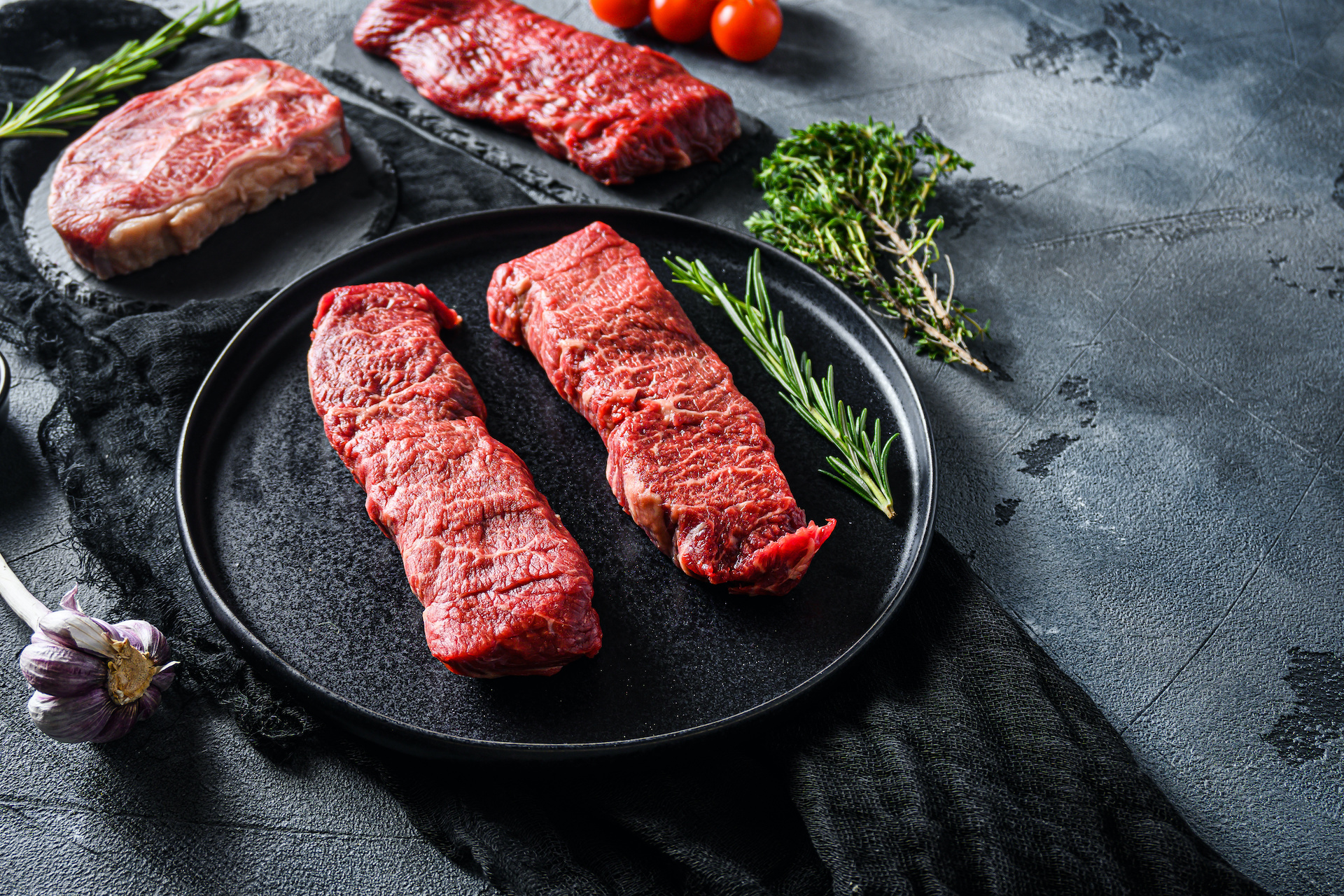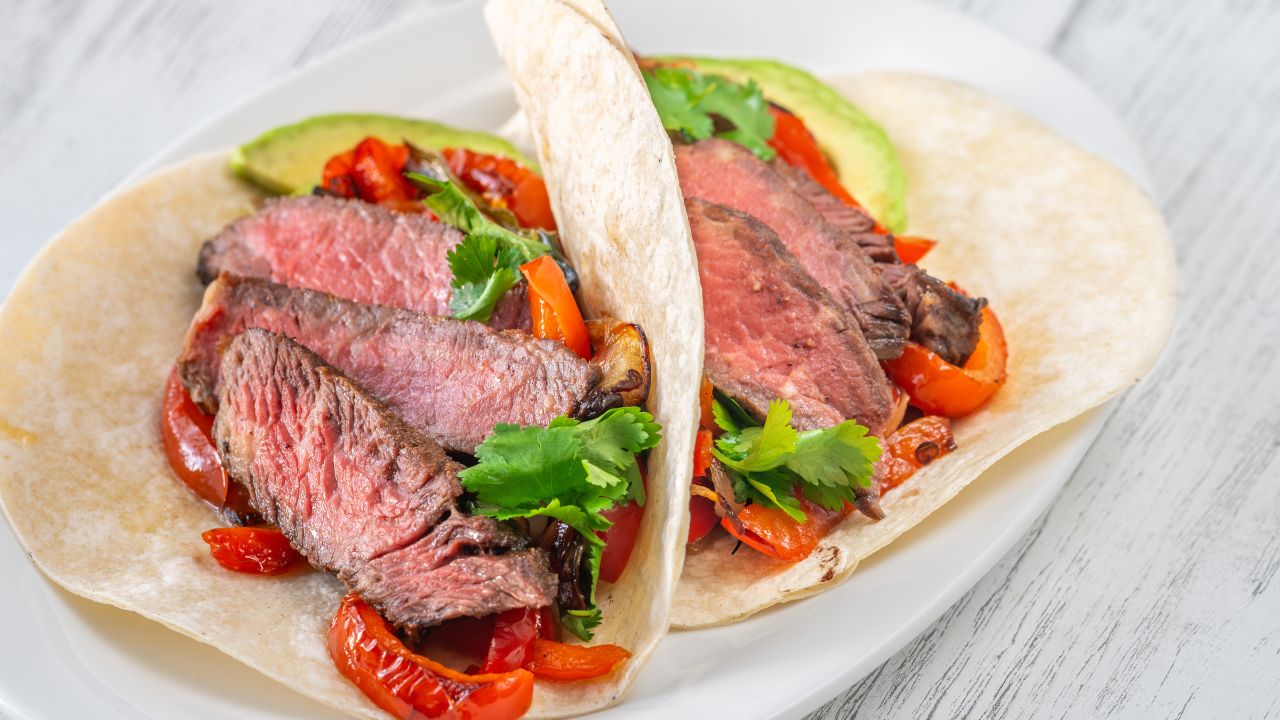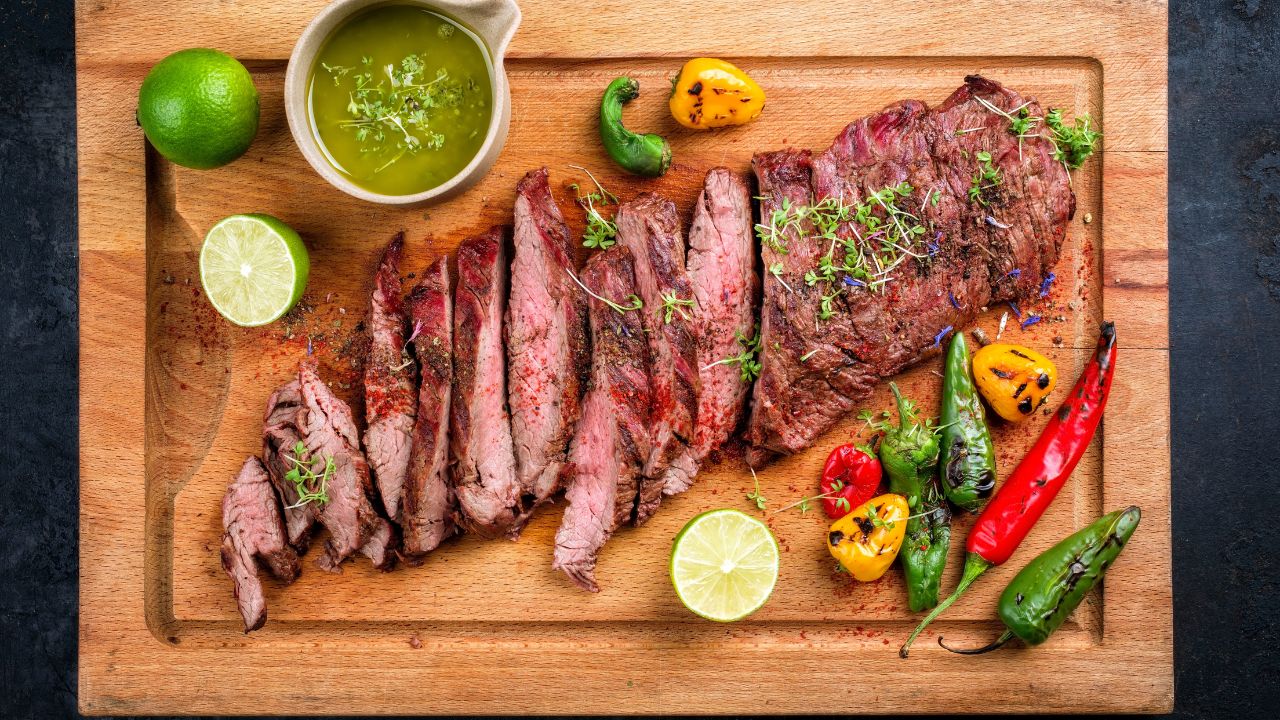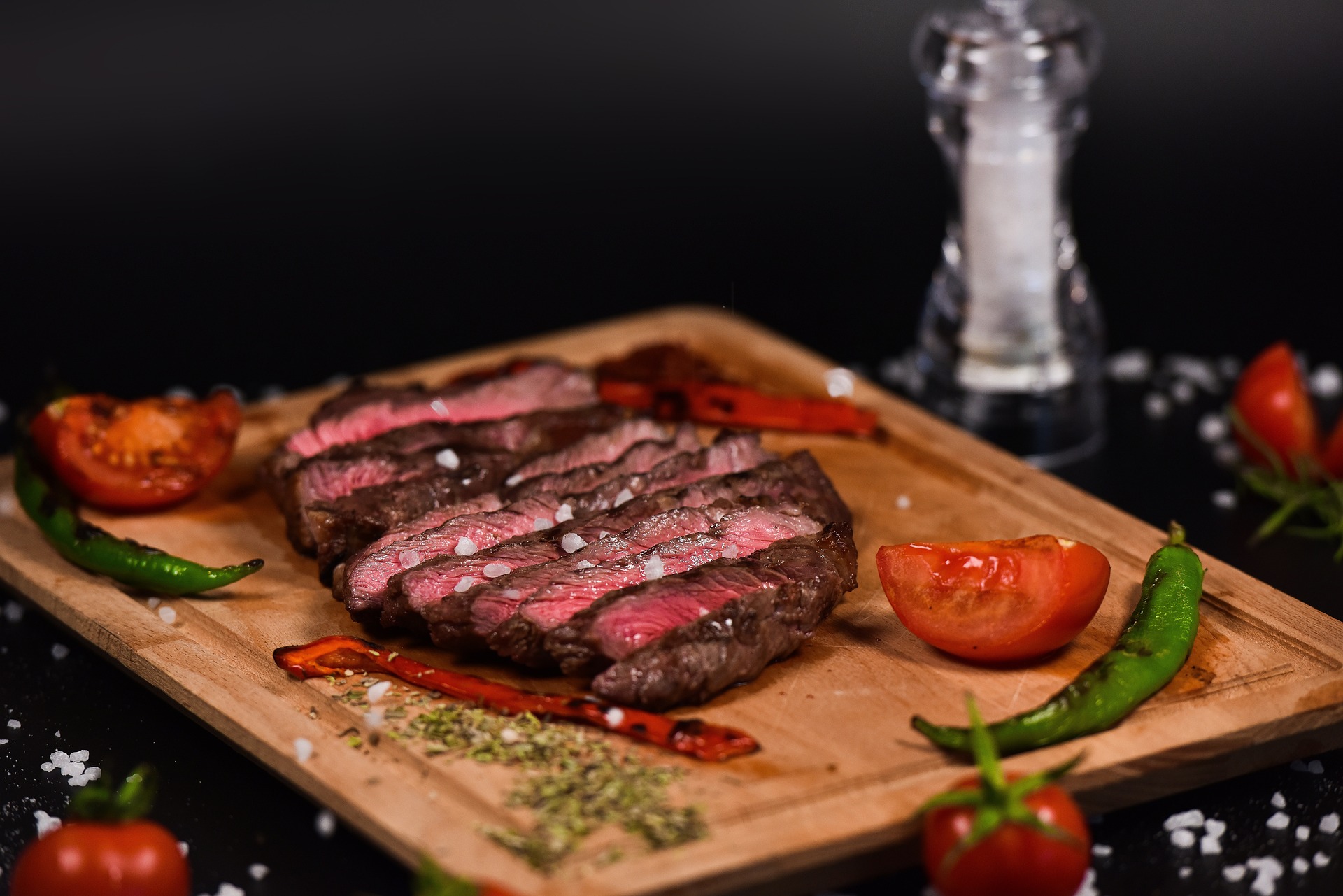I used to think all flat steaks were interchangeable — until I grilled a hanger steak for the first time. It was tender, rich, and totally different from the skirt steaks I’d been tossing into fajitas for years. That one cookout changed the way I thought about beef cuts. If you’re curious about hanger steak vs skirt steak, understanding the key differences can help you cook each one right and choose the best cut for your next dish.
Cut location and structure

Both cuts come from the cow’s plate section, but their exact locations make a big difference in texture and shape. Hanger steak, sometimes called the “butcher’s steak,” is a thicker, V-shaped cut that hangs between the rib and the loin.
It has a coarse grain and a tough membrane running down the center, which should be removed before cooking. A skirt steak, meanwhile, comes from the diaphragm muscle. It has a very pronounced grain and comes in two forms: inside and outside skirt, with the outside being slightly more tender.
Charlie DeSando from Cooking Secrets for Men sums it up well: “Hanger steaks are thicker than skirt steaks, but only measure about 6–7 inches long. Skirt steaks are longer, thinner pieces of meat.” That size and thickness difference plays directly into how you prep, cook, and serve them.
Flavor and texture

Hanger steak is known for its tender bite and rich, beefy flavor. It’s often described as tasting like a cross between a ribeye and a flank steak. Skirt steak has a deeper, more robust flavor but a chewier texture due to its fibrous grain. Both benefit from marinating, especially skirt steak, which softens with a bit of acid and time.
Cooking methods

These cuts do best over high, direct heat and are ideally cooked to medium-rare or medium. Hanger steak tends to become tough if overcooked. Whether you’re grilling, pan-searing, or broiling, keep the cooking quick and hot. And always slice against the grain — this is especially important with skirt steak to cut through the long muscle fibers and make each bite more tender.
Availability and cost

You’ll probably have an easier time finding skirt steak than hanger. There’s only one hanger steak per cow, so it’s often less available and slightly more expensive. Skirt steak is more common, often used in tacos, stir-fries, and other sliced beef dishes. Both cuts are more affordable than premium steaks like ribeye or filet mignon, but hanger can carry a higher price tag due to scarcity.
Pick your steak with purpose

When it comes to hanger steak vs skirt steak, both bring something great to the grill, you just have to know what you’re after. If tenderness and a deep, rich bite are your goals, go for hanger. If you want bold flavor and don’t mind a little chew, skirt is a solid, budget-friendly pick. Understanding how each cut behaves, how to cook it, and how to serve it means you’ll get the most out of whatever you choose to throw on the fire. Your steak game will be better for it.




